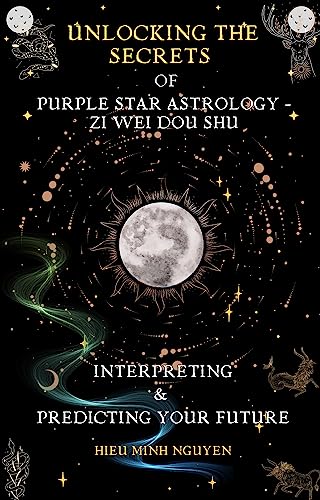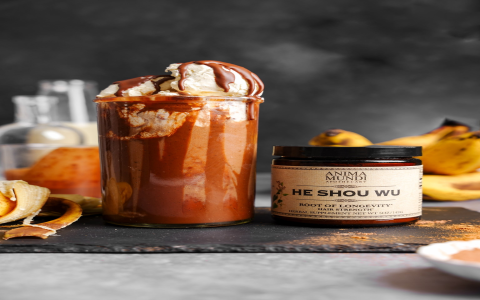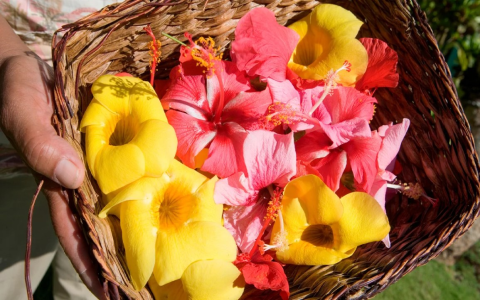So, you’re asking about Honeyed Aster, huh? What’s the deal with it, what’s it supposed to do? Everyone’s always looking for that next big thing, that secret plant. Well, let me tell you, my little journey trying to get to the bottom of this Honeyed Aster business was… an experience. It wasn’t like I just woke up one day and became an expert, far from it.
It all started a while back. I kept hearing whispers about it, you know, “Honeyed Aster for this,” “Honeyed Aster for that.” Sounded pretty good, I guess. So, I thought, alright, I’m a hands-on kind of guy, I like to see things for myself. This was gonna be my little project, my own “practice” to see what was what.
My Brilliant Research Phase
First thing I did, like anyone else, I hit the internet. Big mistake. Man, oh man. One site said this, another said that. Some were super technical, using words I hadn’t heard since high school biology, if ever. Others were just, like, “buy our amazing Honeyed Aster, cures everything!” Yeah, right. I wasn’t born yesterday.
Then I tried asking around. Talked to a few older folks in the neighborhood. You know, the ones who are supposed to know all the old ways. They’d nod sagely and say, “Ah, yes, Zǐ Wǎn… good for the lungs.” But when I pressed about the “honeyed” part, things got fuzzy.

- One lady said you just dip it in honey.
- Another said it had to be a special kind of honey.
- And a third one just shrugged and offered me tea.
Helpful, real helpful.
The Great Honey Experiment
So, I figured, “honeyed” means you add honey, right? How hard can it be? I managed to get my hands on some dried Aster root – or what I thought was Aster root, looked a bit like twigs to be honest. It wasn’t labeled “honeyed,” just plain old “Aster.”
My kitchen basically became a mad scientist’s lab for an afternoon. I got out the honey, a pan… I tried frying it a bit with honey, like some recipes vaguely suggested. What a sticky mess! Smoke everywhere. The smell wasn’t exactly what I’d call “healing.” Let’s just say my wife wasn’t too thrilled with that particular “practice.” The result? Something that looked like burnt caramel-covered sticks. Not very appetizing, and I sure wasn’t about to, you know, test its “efficacy” on myself after that disaster.
What I Think I Actually Figured Out
After my kitchen catastrophe, I was about ready to give up. Then, by chance, I was at this little old bookstore, the kind that smells like old paper and forgotten stories. And there it was, a dusty old herbal book. Not a fancy new age thing, but a proper old one. And it talked about preparing herbs, including Aster root.

Turns out, this “honeying” process isn’t just about slathering some Winnie-the-Pooh goodness on a root. It’s a specific method. A real method! They do it for particular reasons, like to make the herb milder, or to guide its action in the body, or something like that. It wasn’t just “add honey and stir.” There’s a proper way, a traditional way. It involves specific temperatures, times, the right form of the herb. Who knew?
So, what are the grand功效 (gōngxiào – efficacy) and 作用 (zuòyòng – effects) I discovered? Well, I didn’t find a miracle cure in a jar. What I did find was that some of these old traditions, they’re not as simple as they look. There’s a bit more to it than just grabbing ingredients. My “practice” mostly taught me that I’m probably better off leaving the herb preparation to people who actually know what they’re doing, or at least buying it ready-made from a reputable place if I ever felt the need.
And honestly, after all that, when I hear people casually tossing around “Honeyed Aster,” I just kind of chuckle to myself. It’s like them talking about building a rocket to go to the grocery store. Yeah, the idea is there, but the execution? That’s a whole other story. I stick to my lemon and ginger tea these days. Way less drama.


